A nanotechnology-based sensor provides fast, inexpensive, ultrasensitive assay of microRNA pattern to detect cancer using DNA immobilized on a synthetic gold nanoprism.
Ultrasensitive microRNA assay with nanosensor to detect cancer
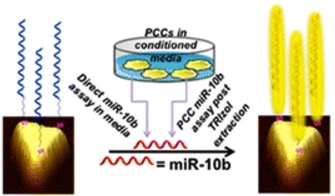

A nanotechnology-based sensor provides fast, inexpensive, ultrasensitive assay of microRNA pattern to detect cancer using DNA immobilized on a synthetic gold nanoprism.
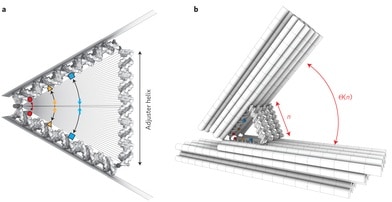
German researchers have used scaffolded DNA origami to adjust the angle of a DNA hinge joint by altering the length of special “adjuster helices”, causing molecules attached to the sides of the hinge to be displaced by as little as 0.04 nm.

Each time a laser pulse actuates the cis-trans isomerization of a single carbon-carbon double bond, a single-molecule nanosubmarine made of 244 atoms is driven forward 9 nm against Brownian diffusion.

Nanometer-level control of the beam path of a scanning transmission electron microscope nudges an amorphous material into atomically precise epitaxial growth.
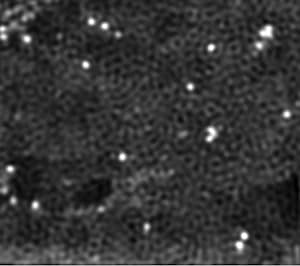
Single cobalt atoms have been positioned in nitrogen-doped graphene to catalytically produce hydrogen from water almost as effectively as using vastly more expensive platinum catalysts.
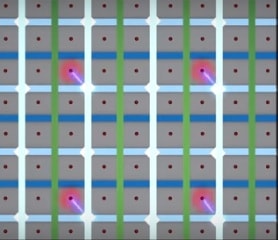
Building on previous work on single atom transistors and single atom qubits, Australian researchers have incorporated a quantum error correction code to make possible a scalable 3D silicon chip architecture that could lead to operational quantum computers.

Independent rotation of two wheels attached to either end of an axle has been achieved in a light-driven artificial molecular motor, suggesting a basis for a nanometer-scale transport system.
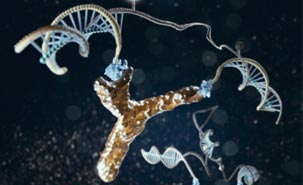
DNA nanotechnology produces an artificial molecular machine that changes shape when it encounters a specific antibody or other protein molecule, and emits light to signal the target’s presence.
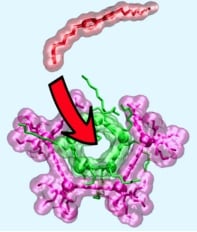
A novel application of supramolecular chemistry allows molecules to join in only one direction, providing a new way to control the shape of large molecules.
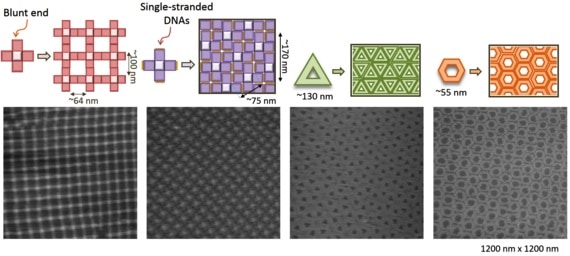
A lipid bilayer supported by a mica surface assisted the mobile self-assembly of DNA nanostructures of various shapes into micrometer-scale 2D lattices.